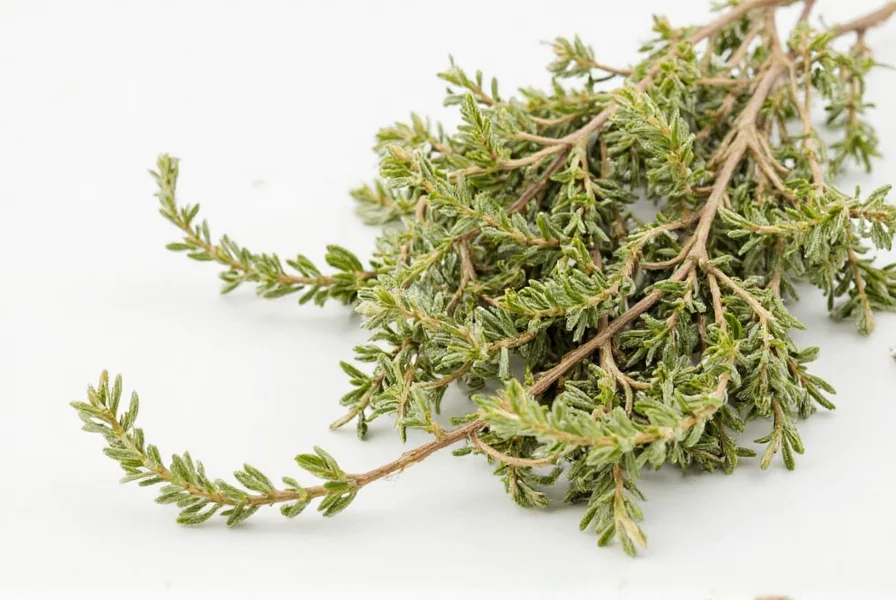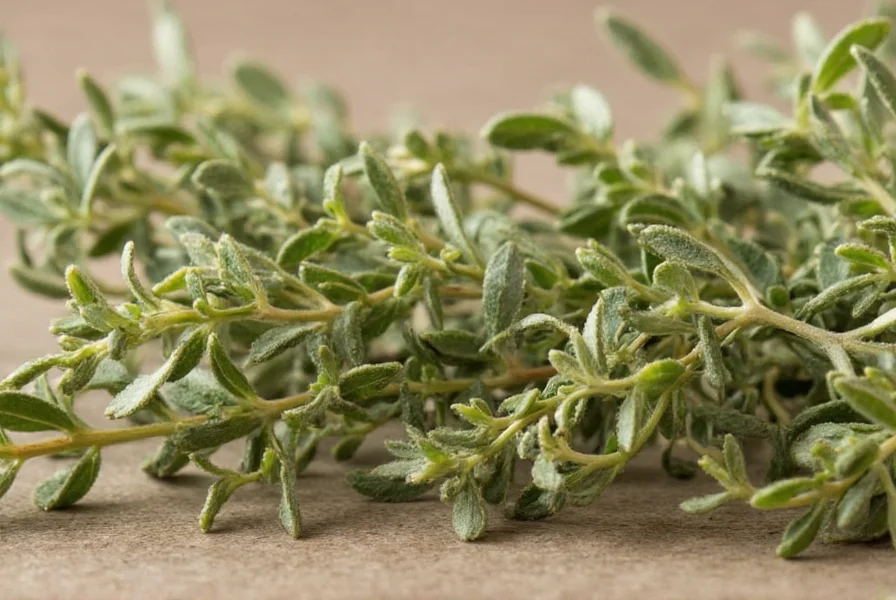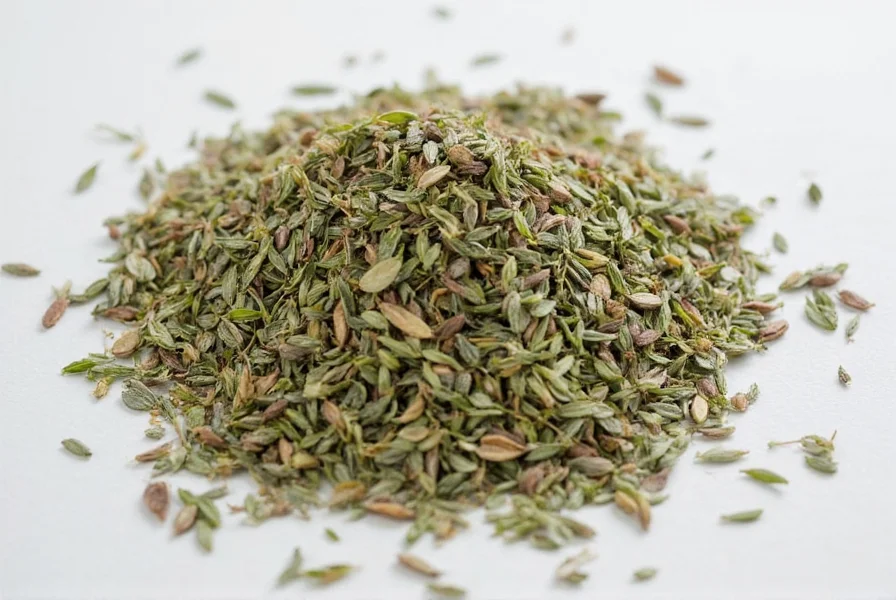Table of Contents
Introduction to Dried Leaf Thyme
If you're a fan of herbs and spices, then dried leaf thyme is probably already on your radar. This aromatic herb has been used for centuries in cooking, medicine, and even aromatherapy. But what exactly is it? And why should you care?
Dried leaf thyme is the dried version of the fresh thyme plant, which is native to the Mediterranean region. It’s known for its subtle, earthy, and slightly floral flavor that pairs well with a wide range of dishes—from roasted meats to soups and stews.
Now, before you think this is just another herb that doesn’t do much, let us tell you: thyme is a game-changer. It can elevate your dishes from good to unforgettable. Plus, it's packed with antioxidants and has natural antimicrobial properties—so it's not just about taste.




Practical Tips for Using Dried Leaf Thyme
Using dried leaf thyme doesn't have to be complicated. In fact, it's one of the most versatile herbs you can have in your kitchen. Here are some practical tips to help you get the most out of it:
- Use it in slow-cooked dishes: Thyme really shines when cooked slowly. Think about braised meats, stews, or roasted vegetables. The longer it cooks, the more its flavor infuses into the dish.
- Add it early in the cooking process: Unlike some herbs that lose their potency when cooked, thyme benefits from being added early. This gives it time to release its full aroma and flavor.
- Pair it with other herbs: Thyme works well with rosemary, oregano, sage, and marjoram. Don’t be afraid to experiment with combinations!
- Use it in baking: Believe it or not, thyme can add a unique twist to baked goods like bread, cakes, and even cookies. Try adding a pinch to your next batch of scones or muffins.
- Make your own thyme oil: Combine dried thyme with olive oil and let it sit for a few weeks. You’ll have a fragrant oil perfect for drizzling over salads or using as a marinade.
In-Depth Explanation of Dried Leaf Thyme
So, what makes dried leaf thyme so special? Let's dive a bit deeper into its characteristics, uses, and benefits.
Thyme belongs to the Lamiaceae family, which includes other popular herbs like mint, basil, and oregano. Its leaves are small, oval-shaped, and have a slightly rough texture. When dried, they become more concentrated in flavor and aroma.
The key compounds in thyme include thymol, carvacrol, and linalool, which give it its distinctive scent and health benefits. Thymol, in particular, is known for its antiseptic and antimicrobial properties, making thyme a common ingredient in natural remedies.
In terms of flavor, dried leaf thyme offers a warm, slightly sweet, and herbal taste. It's not overpowering, which is why it's such a great all-rounder in the kitchen. Whether you're cooking a simple pasta dish or a complex French stew, thyme can bring a layer of depth that other herbs might miss.
One of the reasons people love thyme is its versatility. It works well with both meat and vegetarian dishes. It also pairs nicely with garlic, lemon, and butter, making it a staple in many cuisines around the world.
| Herb | Flavor Profile | Best With |
|---|---|---|
| Thyme | Earthy, slightly sweet, herbal | Roasted meats, soups, stews, vegetables |
| Rosemary | Piney, woody, strong | Roasted potatoes, grilled meats, breads |
| Oregano | Pungent, peppery, bold | Italian dishes, tomato-based sauces, pizzas |
Buying Guide: How to Choose the Best Dried Leaf Thyme
When it comes to buying dried leaf thyme, there are a few things you should look for to ensure you're getting the best quality. Here's a quick guide to help you choose the right product:
Key Features to Look For
- Appearance: High-quality dried thyme should have a deep green color with no signs of mold or discoloration. Avoid any that look faded or overly brittle.
- Aroma: Fresh thyme has a strong, pleasant scent. If the package smells stale or weak, it may not be fresh.
- Texture: The leaves should be dry but not crumbly. If they fall apart easily, they may have been stored improperly.
Recommended Products
Here are a few products that are highly rated by chefs and home cooks alike:
- Herbivore Organic Dried Thyme
- Features: 100% organic, non-GMO, no additives.
- Advantages: Excellent flavor and long shelf life.
- Use Cases: Ideal for everyday cooking, baking, and homemade spice blends.
- Target Audience: Health-conscious individuals, home cooks, and foodies.
- Suitable Occasions: Weeknight dinners, holiday meals, and gift-giving.
- Kirkland Signature Dried Thyme
- Features: Large quantity at an affordable price.
- Advantages: Great value for money, consistent quality.
- Use Cases: Perfect for families or frequent cooks.
- Target Audience: Budget-friendly shoppers, busy households.
- Suitable Occasions: Daily use, large gatherings, meal prepping.
If you're looking for something more premium, you might consider specialty brands that focus on artisanal herbs. These often have a more intense flavor and are better suited for gourmet cooking or special occasions.
Conclusion
Dried leaf thyme is more than just a seasoning—it's a versatile, flavorful, and healthy addition to any kitchen. Whether you're a seasoned chef or just starting out, incorporating thyme into your cooking can take your dishes to the next level.
From its rich history to its modern-day applications, thyme continues to be a favorite among those who appreciate the art of cooking. So next time you're reaching for a spice, don't forget to grab a pinch of dried leaf thyme. It might just be the secret ingredient your dish needs.
Remember, thyme isn't just about flavor—it's about tradition, health, and the joy of cooking. So go ahead, experiment, and let your taste buds explore the wonderful world of dried leaf thyme.










 浙公网安备
33010002000092号
浙公网安备
33010002000092号 浙B2-20120091-4
浙B2-20120091-4